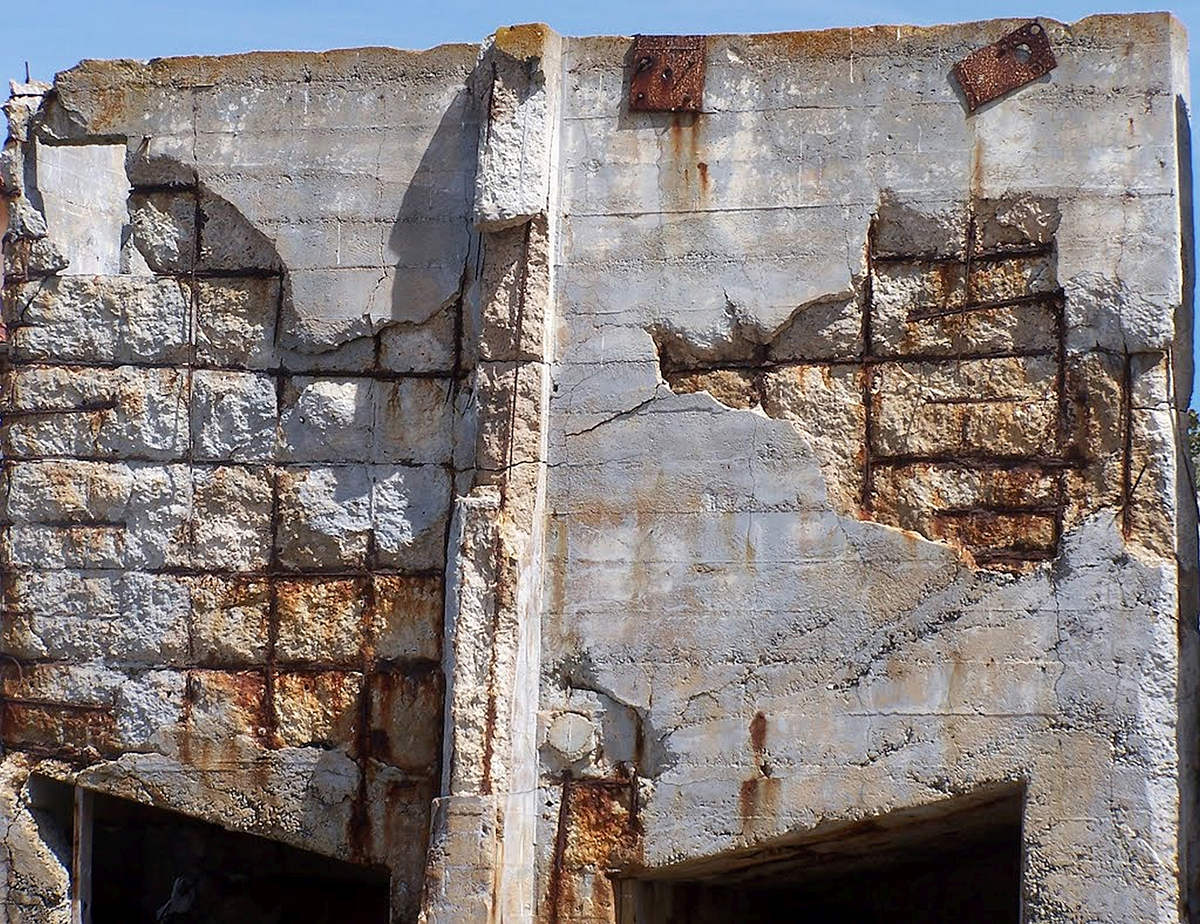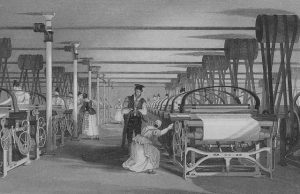Concrete is often hailed as a durable and reliable construction material, with its widespread use evident in the countless buildings and infrastructure projects that stand tall around the world. However, hidden beneath the surface lies a lurking danger that often goes unnoticed – neglected concrete structures. While they may appear strong and sturdy on the outside, years of neglect can lead to serious structural issues that compromise their integrity and pose risks to public safety. One of the key benefits of concrete services slabjack geotechnical is its non-intrusive nature. Unlike traditional repair methods that involve tearing up existing concrete slabs, slabjack geotechnical avoids extensive disruption by simply injecting the stabilizing materials through small holes drilled in the affected areas. This article aims to shed light on these hidden dangers, exploring the causes behind neglected concrete structures and highlighting the potential consequences if left unaddressed.
The prevalence of neglected concrete structures
Neglected concrete structures are not just an eyesore; they can also pose significant dangers to public safety. From crumbling bridges to decaying buildings, these structures are a ticking time bomb waiting to cause devastation. One of the main factors contributing to the prevalence of neglected concrete structures is insufficient maintenance and repairs. Inadequate funding or lack of interest from governing bodies often leads to neglect, allowing these structures to deteriorate over time.
However, it’s not just negligence that leads to the prevalence of neglected concrete structures – it’s also a result of changing needs and priorities. As cities grow and urbanize, old infrastructure is left behind in favor of new developments. The focus shifts towards constructing shiny new buildings rather than preserving what already exists. This mindset not only devalues historical significance but also dismisses the importance of maintaining well-built foundations that have withstood the test of time.
Understanding the dangers:
Neglected concrete structures may seem harmless at first glance, but the dangers they pose can be far-reaching and catastrophic. One of the primary threats is structural failure caused by underlying issues such as corrosion, water damage, or inadequate maintenance. Without proper attention and regular inspections, these problems can worsen over time, leading to devastating collapses that put lives at risk.
In addition to structural concerns, neglected concrete structures also pose a threat to the environment. Aging concrete often contains hazardous substances such as lead or asbestos that can be released into the surrounding air or water if left unattended. This not only endangers human health but also damages ecosystems and contaminates natural resources. It is crucial to recognize the potential long-term consequences of neglecting these structures and take proactive measures to address any existing issues before they escalate further.
Structural integrity at risk:
Over time, the structural integrity of concrete structures can be put at serious risk if proper maintenance and regular inspections are neglected. These hidden dangers often go unnoticed until it’s too late, posing significant risks to public safety and posing financial burdens on property owners.
One of the biggest threats to structural integrity is the presence of cracks in concrete. Cracks can form due to various reasons such as shrinkage, settlement, or even extreme weather conditions. If these cracks are left untreated, water can seep into them and cause further damage through freeze-thaw cycles. This not only weakens the structure but also undermines its stability, increasing the chances of collapse. Another commonly overlooked issue is corrosion of steel reinforcement within concrete structures. Reinforcement bars play a crucial role in providing strength and stability to buildings. However, when exposed to moisture or chloride ions from deicing salts or seawater, these steel bars can start corroding. Corrosion causes expansion which exerts pressure on surrounding concrete leading to cracking and spalling. If left unaddressed, this deterioration compromises the entire structure’s stability over time.
Safety hazards:
Safety hazards are a real concern when it comes to neglected concrete structures. One of the most significant dangers is the risk of collapse. As concrete ages and deteriorates, its structural integrity weakens, making it more susceptible to crumbling or falling apart altogether. This poses a serious threat to anyone nearby, whether they are pedestrians walking by or workers inside the structure.
Another hidden danger lies in the presence of hazardous materials within neglected concrete structures. Many older buildings were constructed using materials that are now known to be harmful, such as asbestos. When these structures start to decay, these toxic substances can become airborne and easily inhaled by unsuspecting individuals. Exposure to asbestos has been linked to various health problems, including lung disease and cancer.
Environmental impact:
One hidden danger of neglected concrete structures that often goes unnoticed is their significant impact on the environment. Concrete production is a major source of carbon dioxide emissions, contributing to climate change and global warming. The process involves extracting raw materials like limestone and shale, which leads to deforestation and habitat loss. To make matters worse, concrete production also consumes vast amounts of water – another precious resource that is increasingly scarce in many parts of the world. By addressing these issues promptly and partnering with a reputable Tacoma concrete company, property owners can ensure the integrity of their structures and protect the well-being of occupants.
Another environmental concern arises from the deterioration of neglected concrete structures over time. As these structures crumble and degrade, they release harmful pollutants into the surrounding environment. For example, when reinforced steel within the concrete corrodes, it can cause toxic chemicals such as lead and mercury to leach out into nearby soil and groundwater. These pollutants not only pose threats to human health but also contaminate ecosystems, potentially impacting wildlife populations in the area. It becomes evident that neglecting concrete structures not only brings risks to public safety but also contributes significantly to environmental degradation.
Conclusion:
In conclusion, it is crucial for us to recognize the hidden dangers that neglected concrete structures pose. As we have seen throughout this article, the consequences of neglecting these structures can be severe and even deadly. From crumbling buildings to collapsing bridges, the risks are far too great to ignore.
It is imperative that proper maintenance and inspection protocols are established and followed diligently. Regular inspections can help identify potential issues before they become major problems, saving lives and resources in the process. Additionally, investing in preventative measures such as protective coatings and reinforcement techniques can greatly extend the lifespan of concrete structures.
By understanding and addressing the hidden dangers of neglected concrete structures, we can ensure a safer built environment for ourselves and future generations. Let’s not wait until disaster strikes; let’s take proactive steps towards maintaining our concrete infrastructure today. Together, we can make a lasting impact on public safety and create stronger, more resilient communities.








Be First to Comment